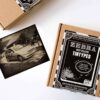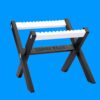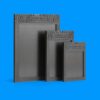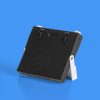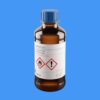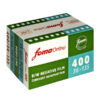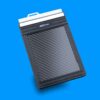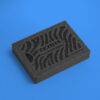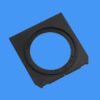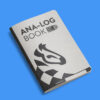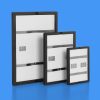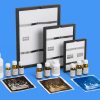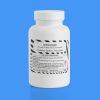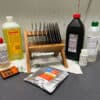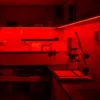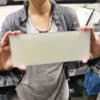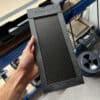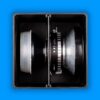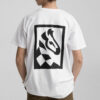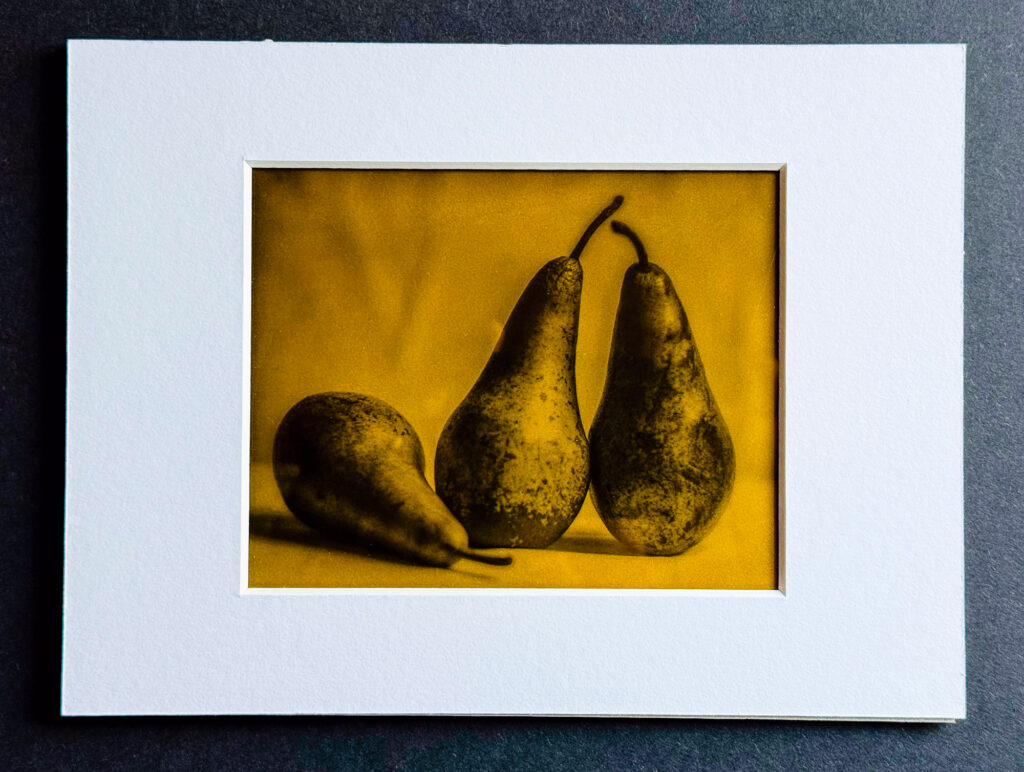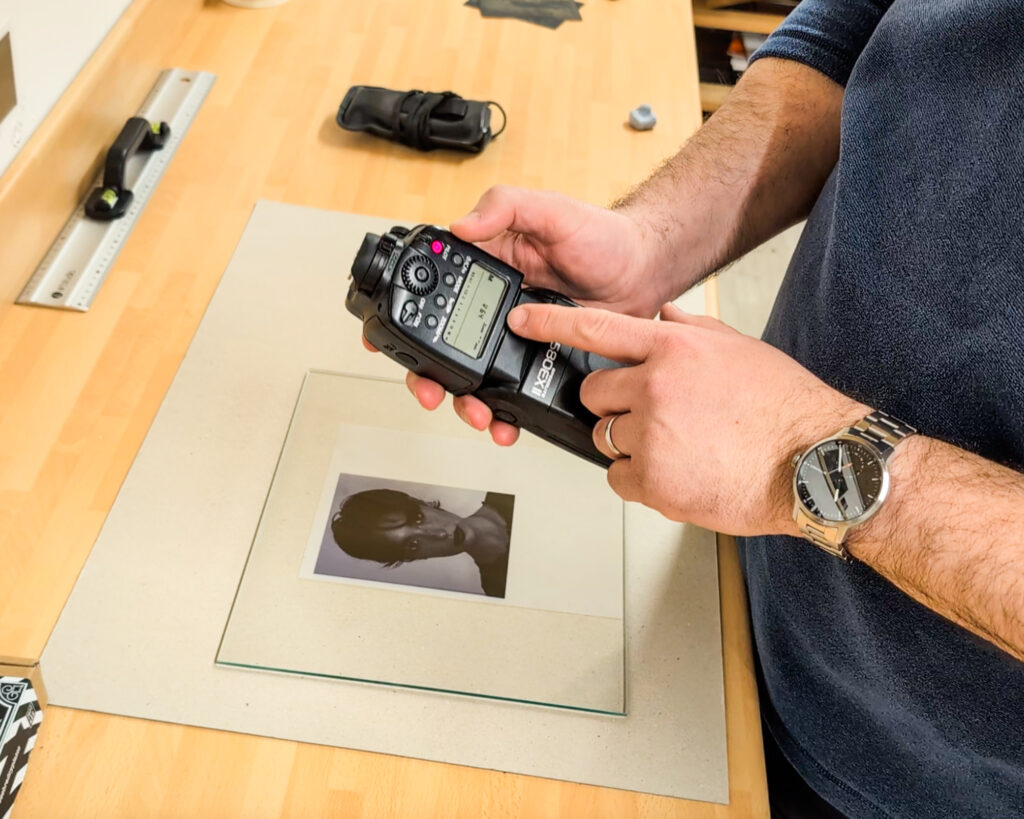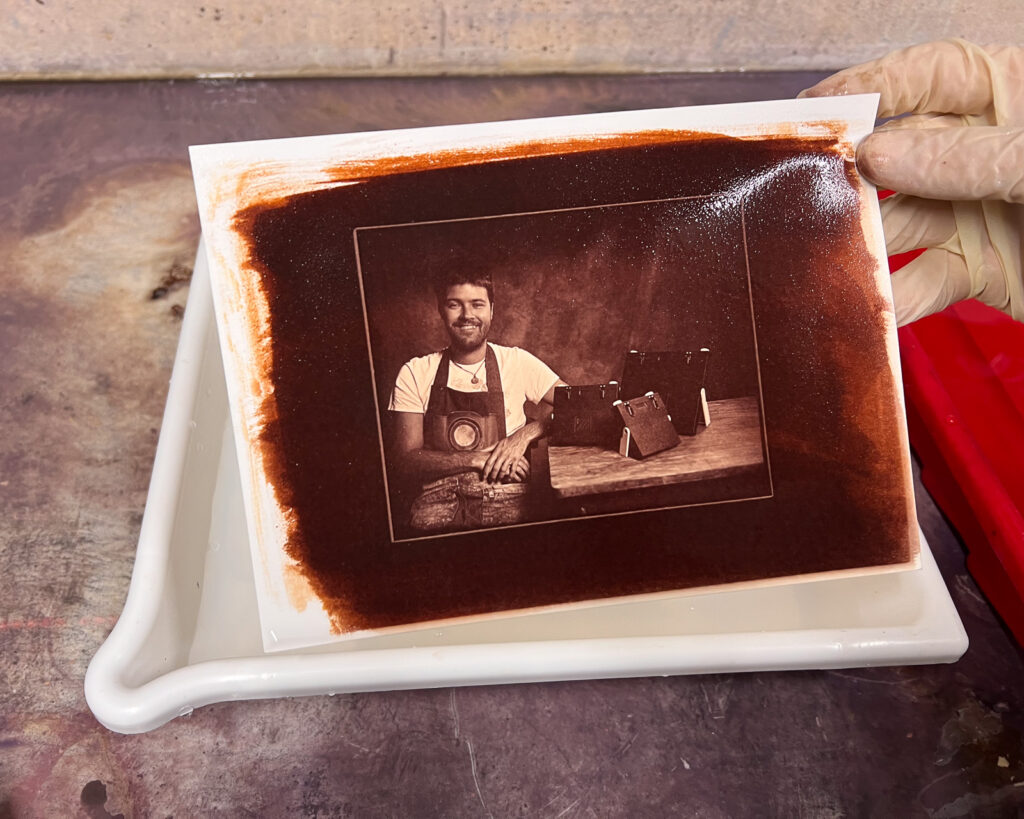17
Apr
Turning Negatives into Golden Positives – How to Make Orotones with Zebra Dry Plates
Technique documented by Tom Lee (UK)
It all starts with a good negative...One of the most beautiful ways to showcase a photograph on glass is through the creation of an orotone—a luminous, golden-toned positive image backed with metallic brilliance. And yes, you can absolutely achieve this magic with Zebra Dry Plates. This in-depth process has been documented and generously shared by Tom Lee, a fellow photographer and dry plate enthusiast based in the UK.
What You need to Get Started
Zebra Dry Plates (for both negatives and positives) HERE
OHP transparency film (for inkjet negatives)
Photo inkjet printer (capable of printing on transparencies)
Enlarger or consistent UV light source (a...

